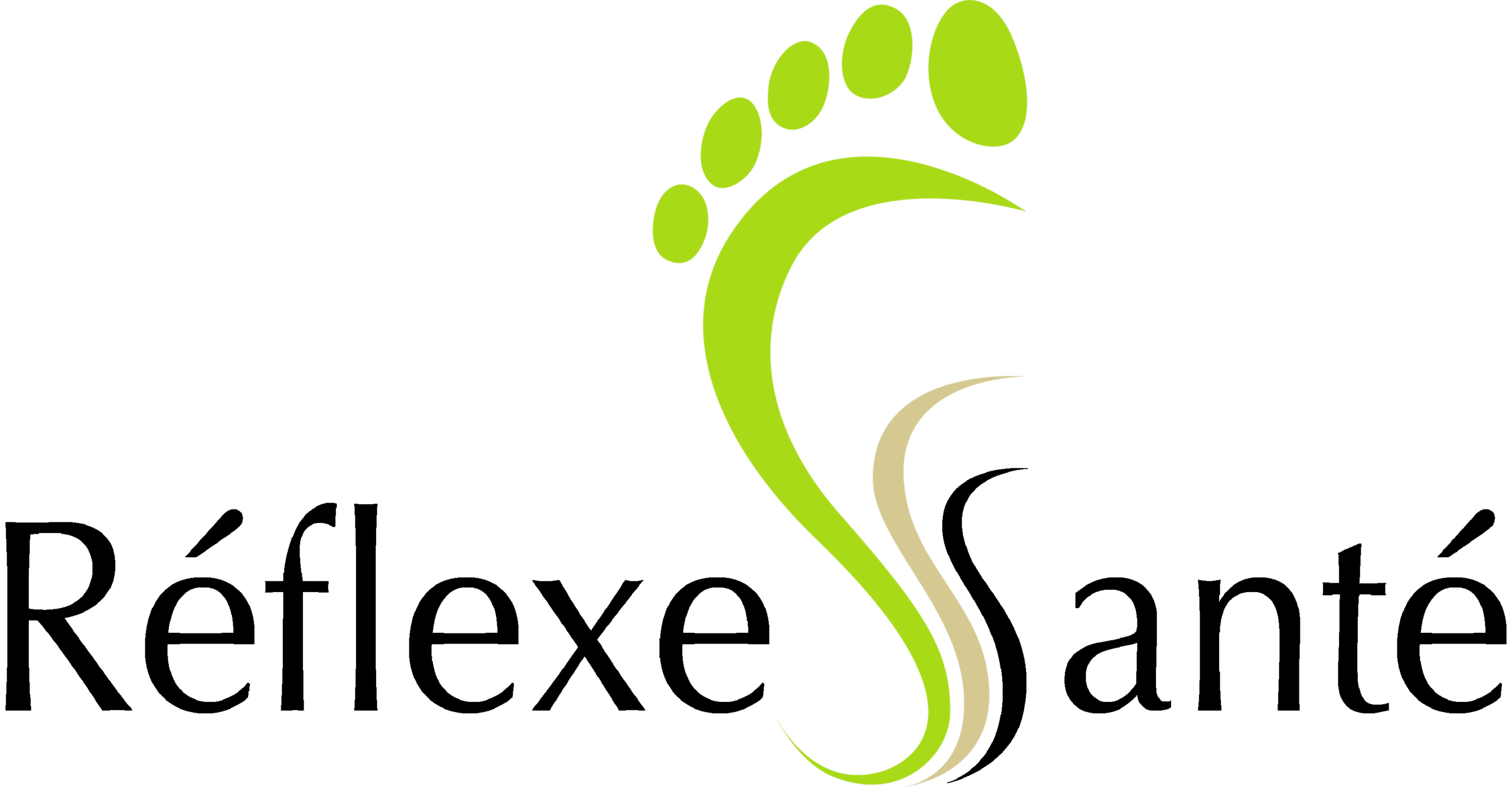Reflexology
Origins of Reflexology
The ancient art of reflexology originates from the Orient and the Middle East. It dates back almost 5000 years and is still practiced today in the Western world. This natural therapy has clearly stood the test of time, helping thousands of people achieve better health. The many reports on its benefits and effectiveness have led to numerous studies and research in the field of reflexology.
During the 16th century, several works were published on pressure therapy (reflexology), but the discovery of a systematic method of foot treatment is attributed to Dr. William Fitzgerald, who named it “Zone Therapy.” This new method drew the attention of the medical community between 1915 and 1917.
Foot reflexology, as we know it today, was primarily developed by Eunice Ingham (1889–1974), an American physiotherapist who continued Dr. Fitzgerald’s work. She examined thousands of feet, identifying sensitive points and mapping out the reflex zones of the feet that correspond to various organs and regions of the body.
Reflexology Explained
Where Art Meets Science
Reflexology is recognized as both an art and a science. The science lies in the body’s physiological and neurological responses to treatment, while the art resides in the practitioner’s skill and intuition.
Reflexology is the application of sustained pressure to reflex zones or points located on the feet, hands, and ears. It works with the body’s natural energy and nervous system. These stimulations create vibrations throughout the body, breaking up congested molecules and increasing oxygen and blood flow to the cells. Each reflex point corresponds to specific organs, glands, and body systems. The treatment encourages both the body and mind to restore their natural function and achieve overall balance — homeostasis. The result is an awakening of the body’s natural self-healing process.
Our feet contain over 7,200 nerve endings: reflexology helps open and clear neural pathways.
According to Barbara and Kevin Kunz, authors of the “Evidence-Based Reflexology” series, a one-year analysis of 168 studies across 23 countries found reflexology to be 93% effective.
A Natural Complement to Medical Care
Although reflexology is one of the most widely used alternative therapies for relieving pain and stress, it is not considered a replacement for professional medical care.
Reflexology has been used for thousands of years to treat a wide range of conditions. Today, it can effectively complement traditional Western medicine to promote health, well-being, and vitality.
